Niobium oxide and tantalum capacitors serve similar purposes, yet their distinct material properties lead to varied performance characteristics. This blog delves into the key differences between these two capacitor types, exploring their respective advantages and disadvantages.
We’ll examine the materials, electrical properties, and typical applications of both niobium oxide and tantalum capacitors. Understanding these distinctions is crucial for selecting the optimal capacitor for specific electronic designs, ensuring performance and reliability.
What Are Niobium Oxide Capacitors
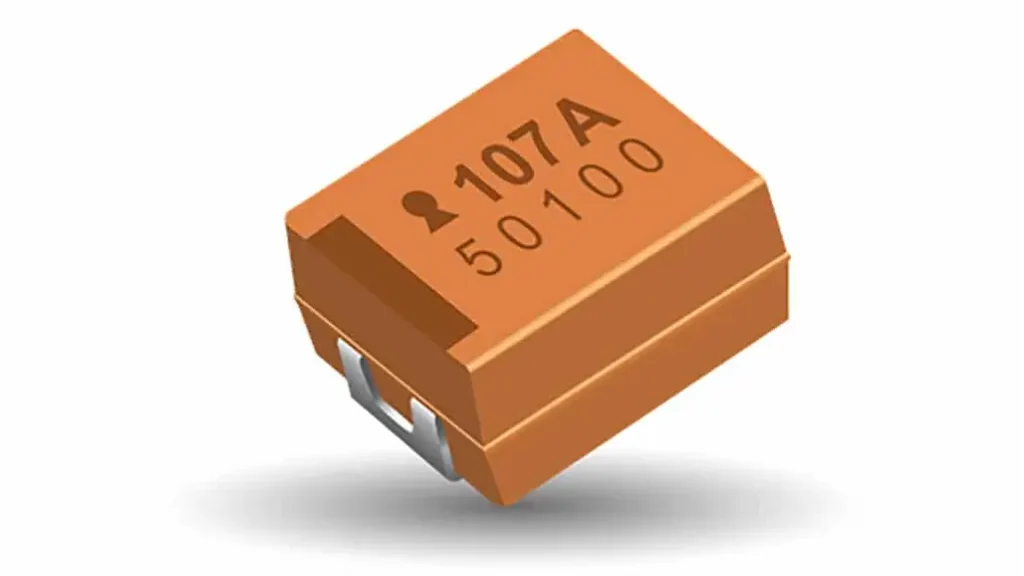
Niobium oxide capacitors are a type of electrolytic capacitor that utilizes niobium pentoxide (Nb2O5) as the dielectric material. They offer a compelling alternative to tantalum capacitors, sharing many of their desirable electrical characteristics. Niobium’s greater abundance and lower cost compared to tantalum make niobium oxide capacitors an economically attractive option for various electronic applications.
These capacitors are known for their stable electrical properties, including low equivalent series resistance (ESR) and excellent frequency response. They are particularly suitable for applications requiring high capacitance values and low impedance, such as in power supplies, filtering circuits, and decoupling applications. Niobium oxide capacitors also exhibit good temperature stability, making them reliable in diverse operating environments.
Furthermore, niobium oxide capacitors are considered more environmentally friendly than tantalum capacitors due to the lower environmental impact of niobium mining and processing. As a result, they are increasingly favored in applications where sustainability is a concern. Their combination of performance, cost-effectiveness, and environmental benefits positions them as a valuable component in modern electronic designs.
What Are Tantalum Capacitors
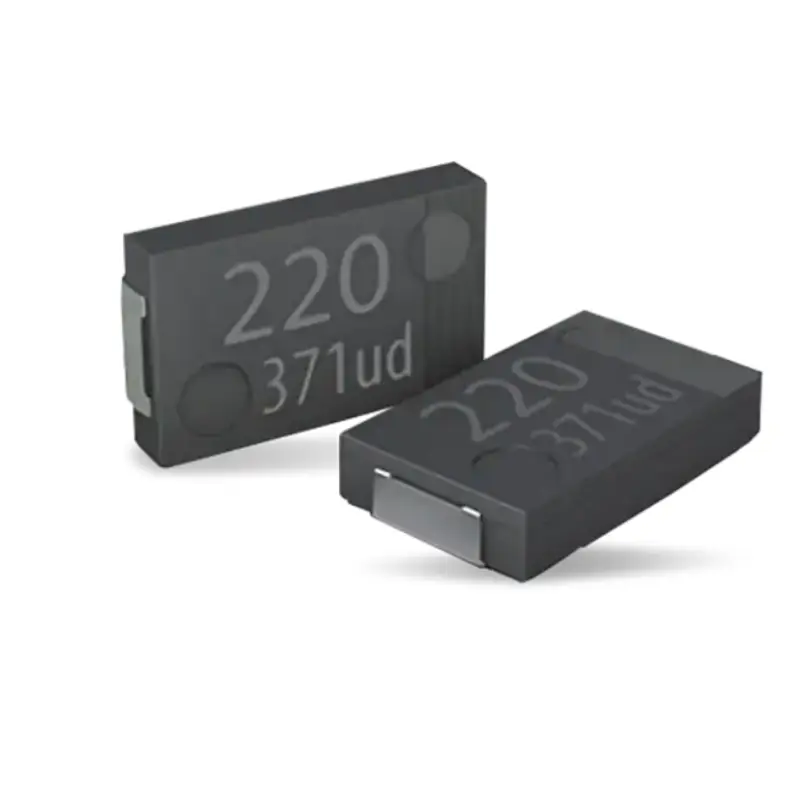
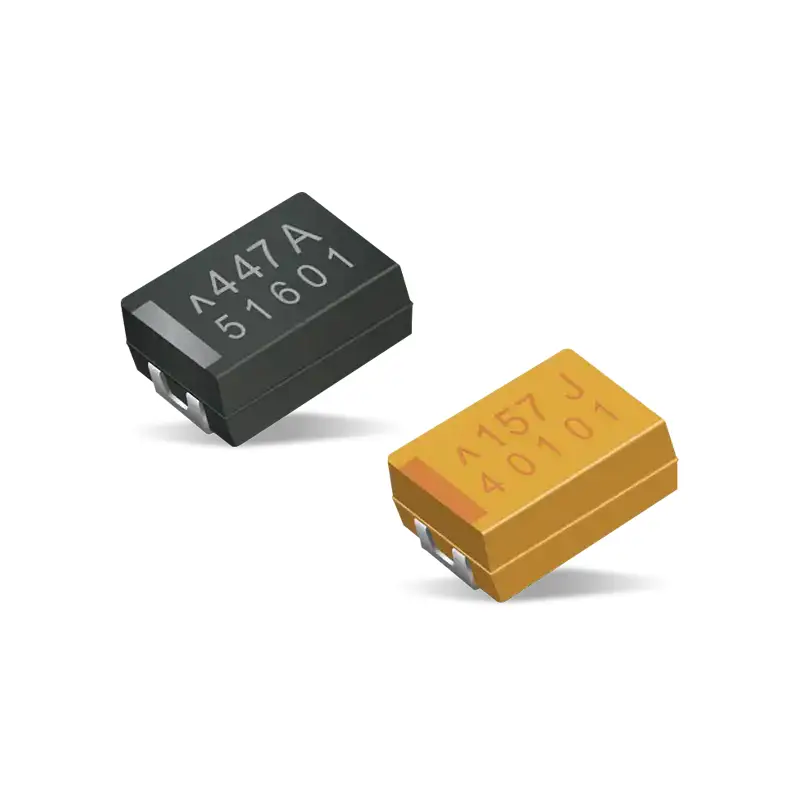
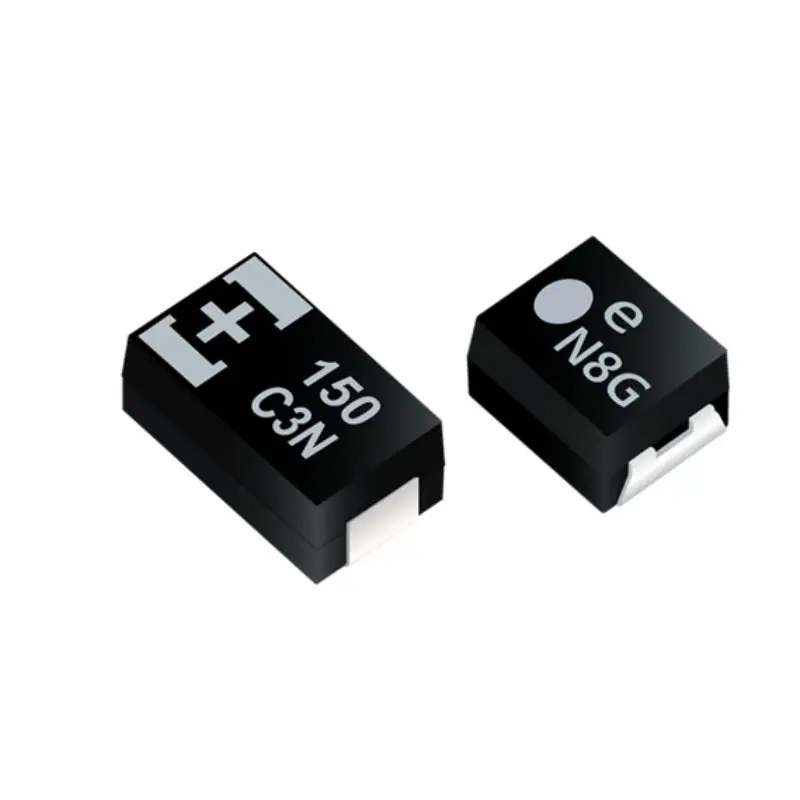
Tantalum capacitors are a type of electrolytic capacitor that utilizes tantalum metal as the anode and tantalum pentoxide as the dielectric. They are renowned for their high volumetric efficiency, meaning they can achieve high capacitance values in a small package. This characteristic makes them ideal for space-constrained applications, such as portable electronics, smartphones, and medical devices.
Tantalum capacitors offer excellent electrical performance, including stable capacitance over temperature, low leakage current, and good frequency response. They are commonly used in filtering, decoupling, and power management circuits where reliability and performance are critical. However, the sourcing of tantalum can be associated with ethical concerns, leading to increased interest in alternative capacitor technologies.
Niobium Oxide Capacitor vs Tantalum
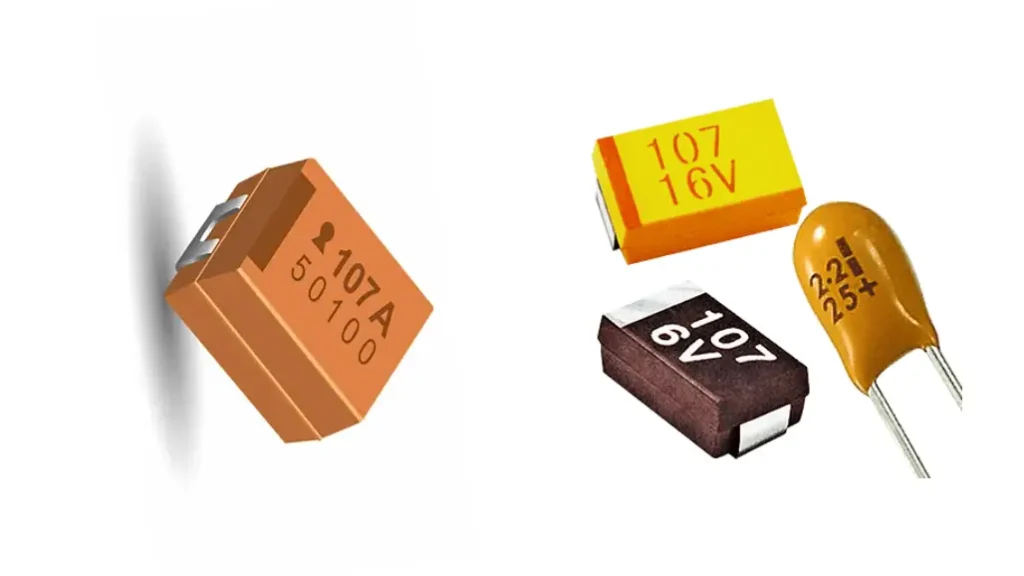
When comparing niobium oxide and tantalum capacitors, it’s crucial to delve into their nuanced differences, which extend beyond mere material composition. Both capacitor types serve similar functions but exhibit distinct characteristics that influence their suitability for various applications.
Material and Environmental Considerations:
Tantalum:
- Tantalum is a rare earth metal, and its mining has been linked to ethical concerns in certain regions. This has driven the electronics industry to seek alternative materials.
- Tantalum capacitors, while highly reliable, can exhibit a “thermal runaway” failure mode, leading to potential ignition under specific conditions.
Niobium Oxide:
- Niobium is more abundant than tantalum, resulting in a more stable and ethically sourced supply chain.
- Niobium oxide capacitors possess a higher ignition energy and a “self-arresting” failure mode, significantly reducing the risk of thermal runaway. This enhanced safety profile is a key advantage.
Electrical Performance:
Capacitance and Voltage:
- Tantalum capacitors generally offer a wider range of capacitance and voltage ratings, making them suitable for high-voltage applications.
- Niobium oxide capacitors are increasingly closing this gap, providing competitive capacitance values, particularly in lower voltage applications.
ESR and Frequency Response:
- Both capacitor types exhibit low equivalent series resistance (ESR) and good frequency response, making them suitable for filtering and decoupling applications.
- However, subtle differences in their ESR characteristics may influence their performance in specific high-frequency circuits.
Reliability:
Both provide high reliability, but the failure modes are very different. Niobium Oxide offers a safer failure mode.
Application-Specific Considerations:
Tantalum:
- Preferred in applications demanding high reliability and high voltage ratings, such as aerospace, military, and critical medical devices.
Niobium Oxide:
- Increasingly used in consumer electronics, automotive applications, and general-purpose circuits where cost-effectiveness and environmental concerns are paramount.
Here is the chart showing you the differences between niobium oxide capacitors and tantalum
| Feature | Tantalum Capacitors | Niobium Oxide Capacitors |
| Material Abundance | Scarce | Abundant |
| Ethical Concerns | Potential | Low |
| Failure Mode | Thermal runaway (potential ignition) | Self-arresting (reduced risk of ignition) |
| Voltage Rating | Higher | Lower (but improving) |
| Cost | Higher | Lower |
| Reliability | High | High |
| Applications | Aerospace, military, medical, high-reliability systems | Consumer electronics, automotive, general-purpose circuits |
While tantalum capacitors have historically been the go-to choice for high-performance applications, niobium oxide capacitors are rapidly gaining ground due to their improved safety, cost-effectiveness, and environmental benefits. The optimal choice depends on the specific requirements of the application, with niobium oxide offering a compelling alternative in many scenarios.
How to Choose Niobium Oxide Capacitors and Tantalum
Choosing between niobium oxide and tantalum capacitors involves a careful evaluation of your application’s specific requirements. Begin by assessing the voltage and capacitance needs. If your design demands high voltage ratings, tantalum capacitors might be the initial choice, though niobium oxide is increasingly capable.
For general-purpose applications with lower voltage requirements, niobium oxide offers a cost-effective and environmentally friendly alternative. Consider the operating temperature range and frequency characteristics, as both capacitor types exhibit different performance profiles in these areas.
Next, prioritize reliability and safety. If the application is critical, such as in aerospace or medical devices, tantalum’s established track record might be preferred. However, for applications where thermal runaway is a concern, niobium oxide’s self-arresting failure mode presents a significant safety advantage. Evaluate the equivalent series resistance (ESR) requirements, particularly in high-frequency applications, as subtle differences in ESR can affect performance.
Finally, factor in cost and environmental considerations. Niobium oxide capacitors are generally more cost-effective due to the abundance of niobium, and they offer a more sustainable supply chain. If ethical sourcing and environmental impact are key concerns, niobium oxide is the superior choice. Balance these factors with your technical needs to select the most suitable capacitor for your design.
Conclusion
Niobium oxide capacitors offer a compelling alternative to tantalum, providing similar performance with improved sustainability and cost-effectiveness. Their lower raw material costs and reduced environmental impact make them an attractive option for various applications. While tantalum excels in certain high-reliability scenarios, niobium oxide presents a viable and increasingly popular choice.
Ultimately, the optimal capacitor depends on specific application requirements. Niobium oxide shines in general-purpose and cost-sensitive designs, while tantalum remains preferred for critical, high-reliability systems. Both technologies contribute significantly to the electronics industry, catering to diverse needs.
For wholesale niobium oxide and tantalum capacitors, contact Weishi Electronics today. We provide high-quality components tailored to your needs, ensuring reliable performance and competitive pricing.